HOW TO INSTALL UNBUNTU OPERATING SYSTEM WITHOUT ANY ERROR !
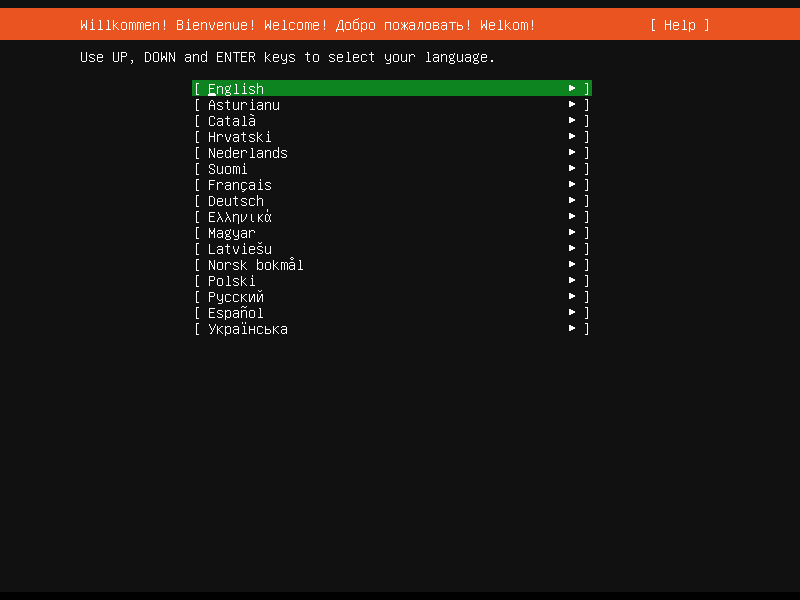 1
1-
Overview
-
Download an Ubuntu Image
-
Create a Bootable USB stick
-
Boot from USB flash drive
-
Installation Setup
-
Drive Management
-
(Optional) Enable Encryption
-
Choose your Location
-
Create Your Login Details
-
Complete the Installation
-
Don’t forget to Update!
-
You’ve installed Ubuntu!
STEP 1
Download an Ubuntu Image
You can download an Ubuntu image here. Make sure to save it to a memorable location on your PC! For this tutorial, we will use the Ubuntu 20.04 LTS release.
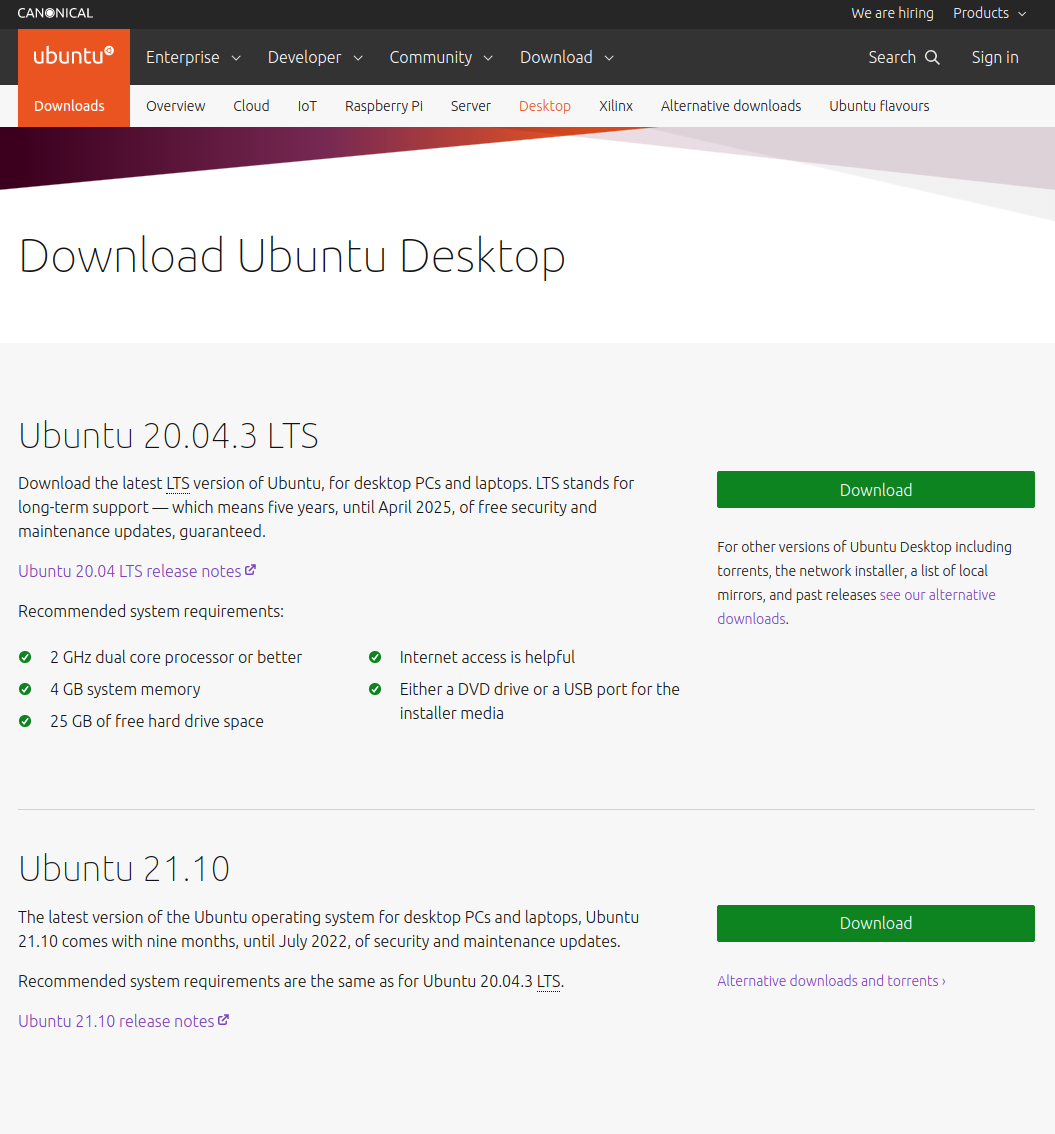 2
2STEP 2
Create a Bootable USB stick
To install Ubuntu Desktop, you need to write your downloaded ISO to a USB stick to create the installation media. This is not the same as copying the ISO, and requires some bespoke software.
For this tutorial, we’ll use balenaEtcher, as it runs on Linux, Windows and Mac OS. Choose the version that corresponds to your current operating system, download and install the tool.
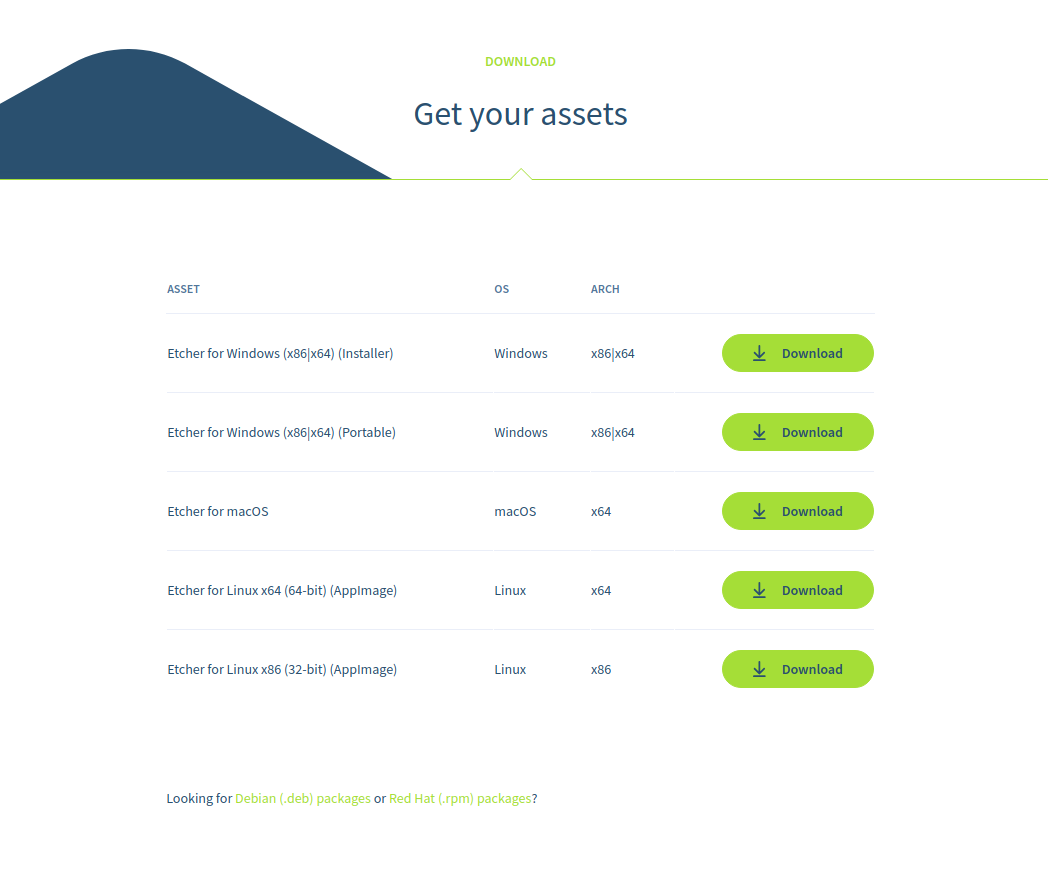 3
3Select your downloaded ISO, choose your USB flash drive, and then click Flash! to install your image.
 4
4STEP 3
Boot from USB flash drive
Insert the USB flash drive into the laptop or PC you want to use to install Ubuntu and boot or restart the device. It should recognise the installation media automatically. If not, try holding F12 during startup and selecting the USB device from the system-specific boot menu.
You should now see the welcome screen inviting you to either try or install Ubuntu.
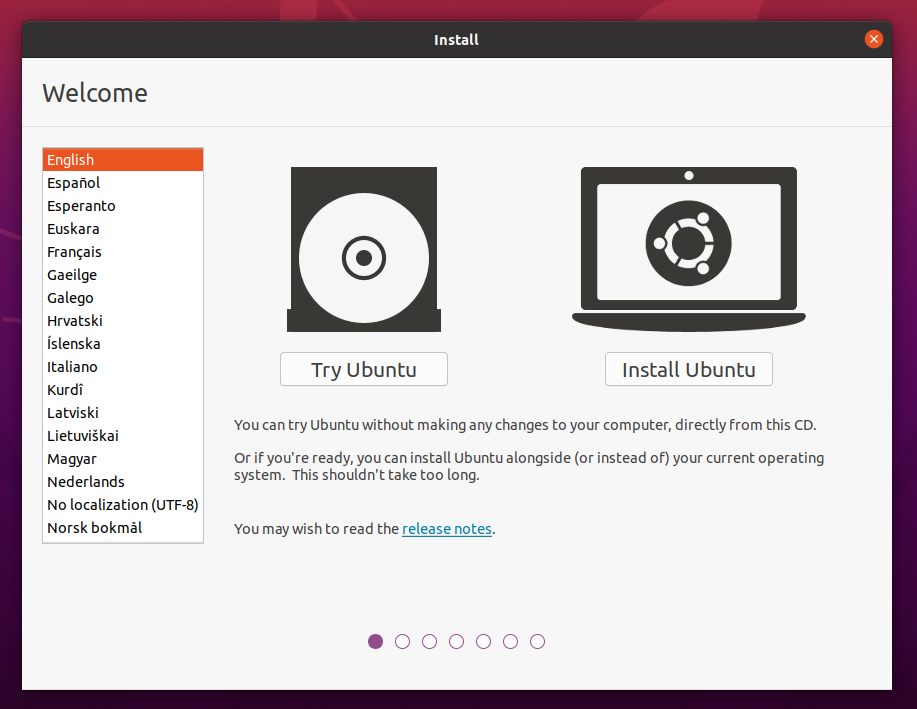 5
5To proceed, click Install Ubuntu.
You will be asked to select your keyboard layout. Once you’ve chosen one, click Continue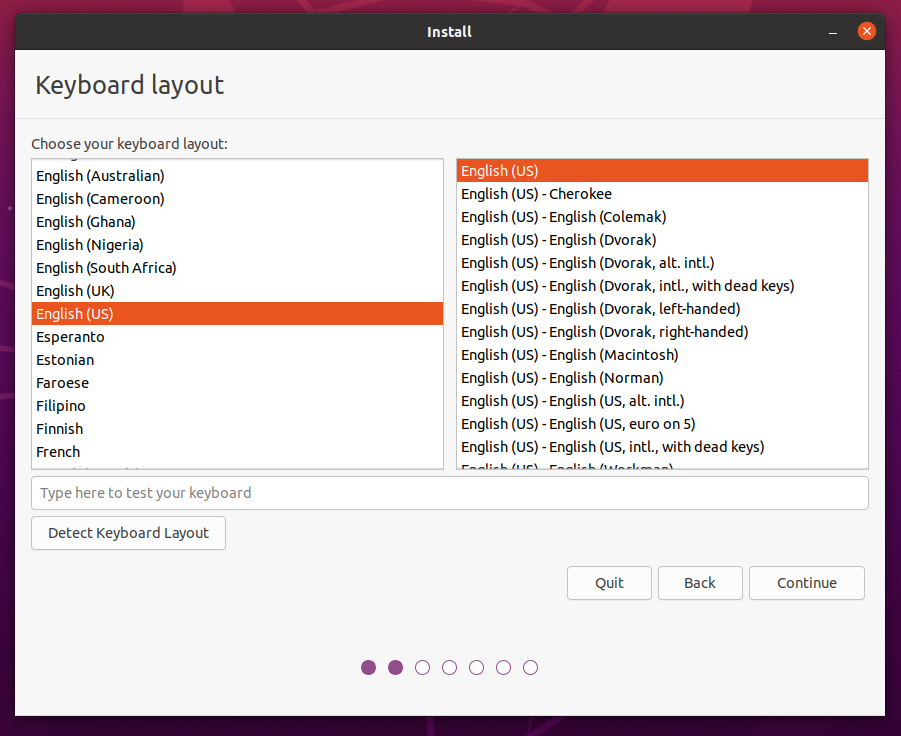 6
6STEP 4 Installation Setup
Next, you will be prompted to choose between the Normal installation and Minimal installation options. The minimal installation is useful for those with smaller hard drives or who don’t require as many pre-installed applications.
In Other options, you will be prompted to download updates as well as third-party software that may improve device support and performance (for example, Nvidia graphics drivers) during the installation. It is recommended to check both of these boxes.
If you are not currently connected to the internet, you will be prompted to do so at this point. Ensure you are able to remain connected throughout the installation.
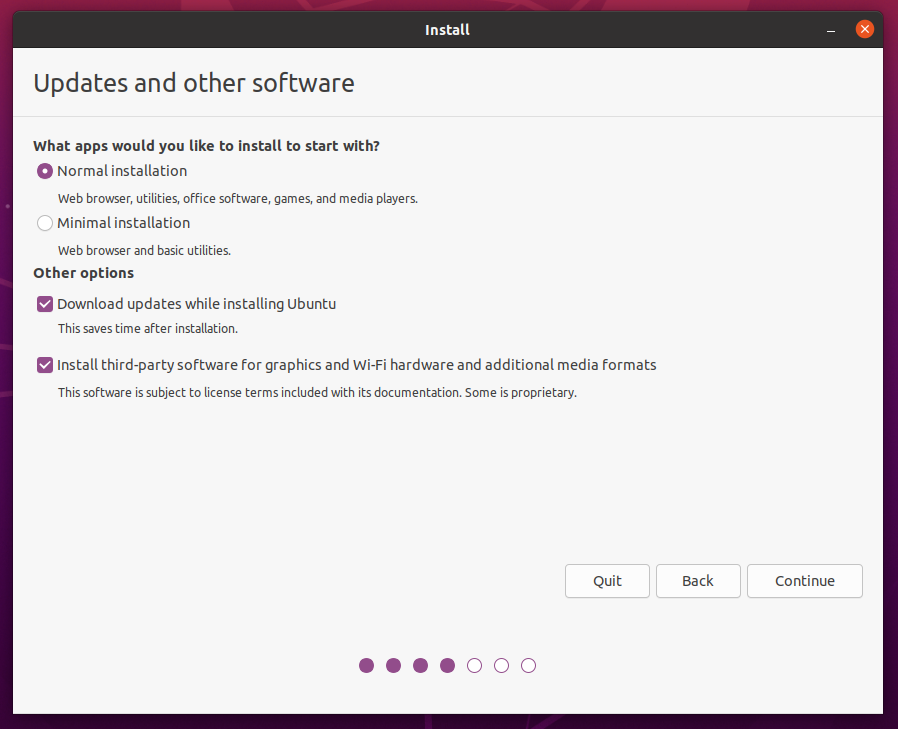 7
7STEP 5
Drive Management
This screen allows you to configure your installation. If you would like Ubuntu to be the only operating system on your device, select Erase disk and install Ubuntu.
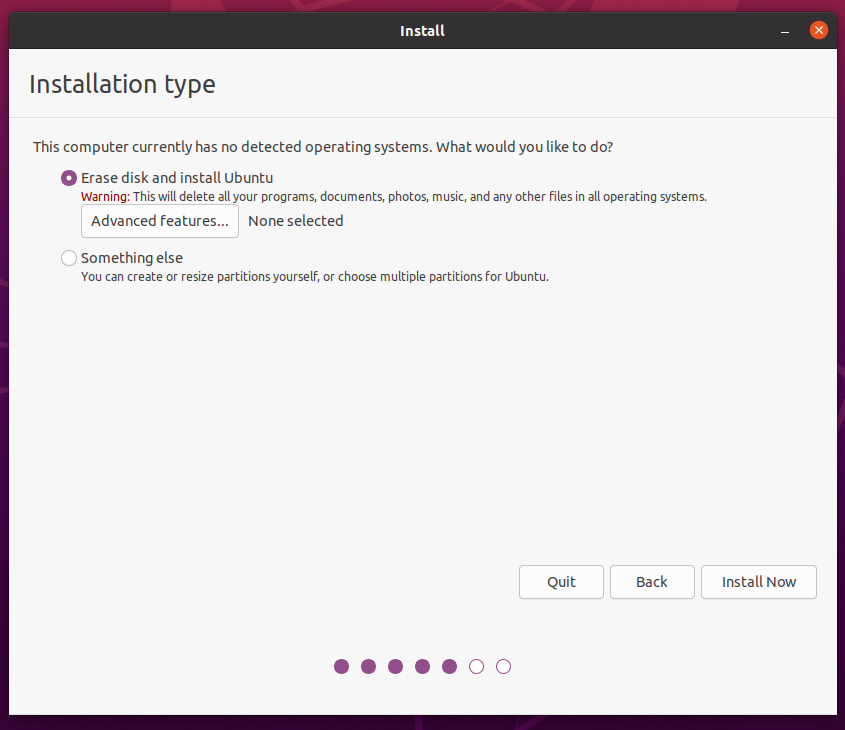 8
8If you are happy to continue the installation without enabling encryption, click Install Now and confirm the changes with Continue. Otherwise keep reading.
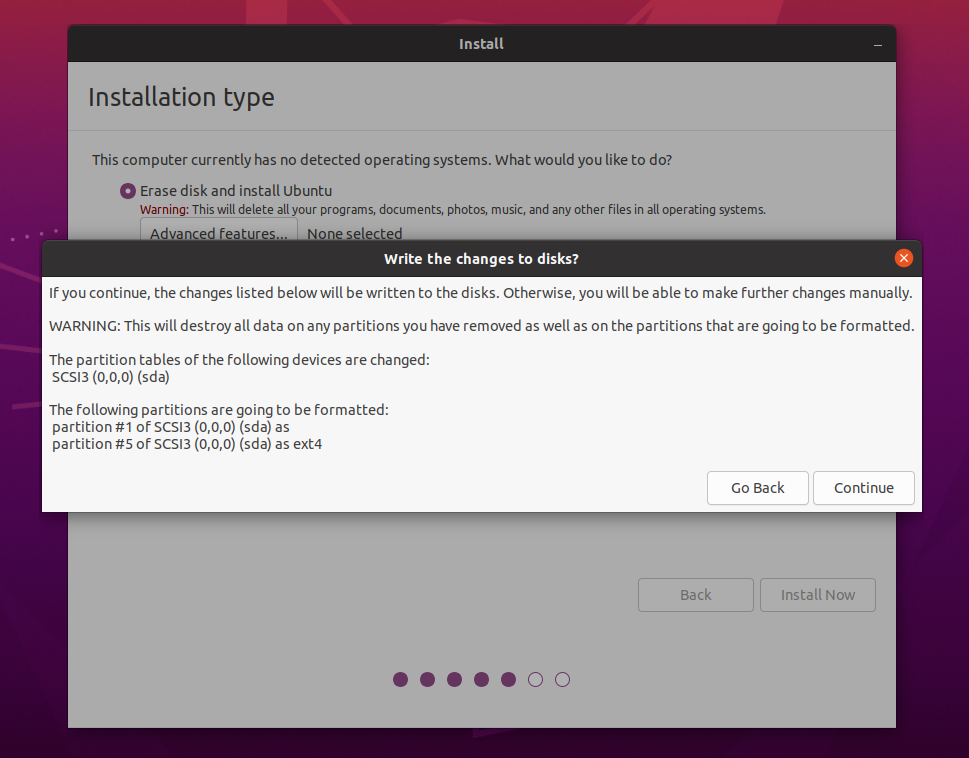 9
9STEP 6
(Optional) Enable Encryption
If you would like to encrypt your device, select Advanced features… > Use LVM with the new Ubuntu installation > Encrypt the new Ubuntu installation for security.
 10
10You will be prompted to create a security key once you click Install Now.
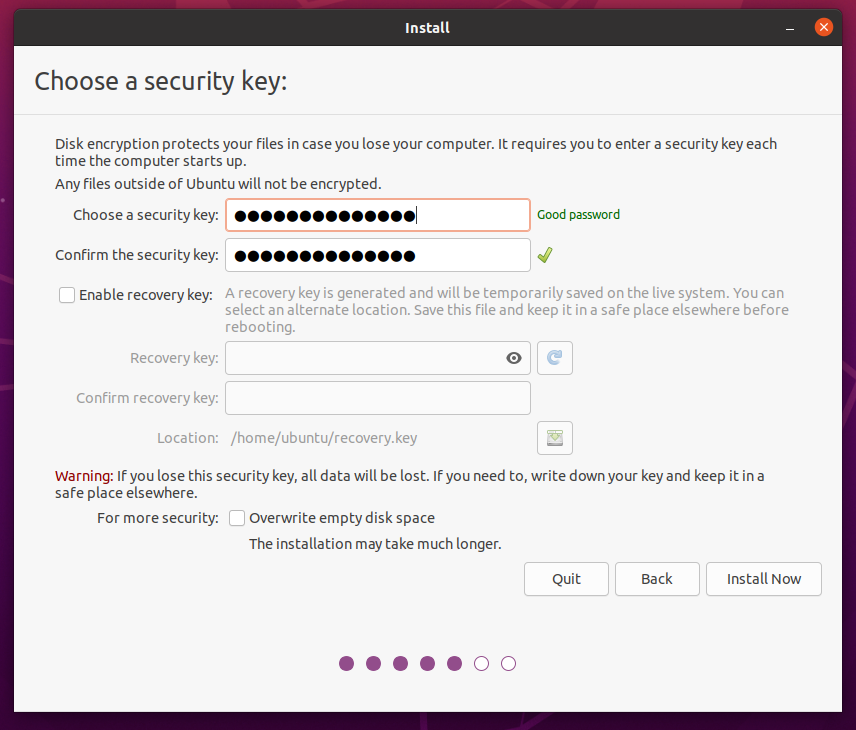 11
11STEP 7
Choose your Location
Select your location and timezone from the map screen and click Continue. This information will be detected automatically if you are connected to the internet.
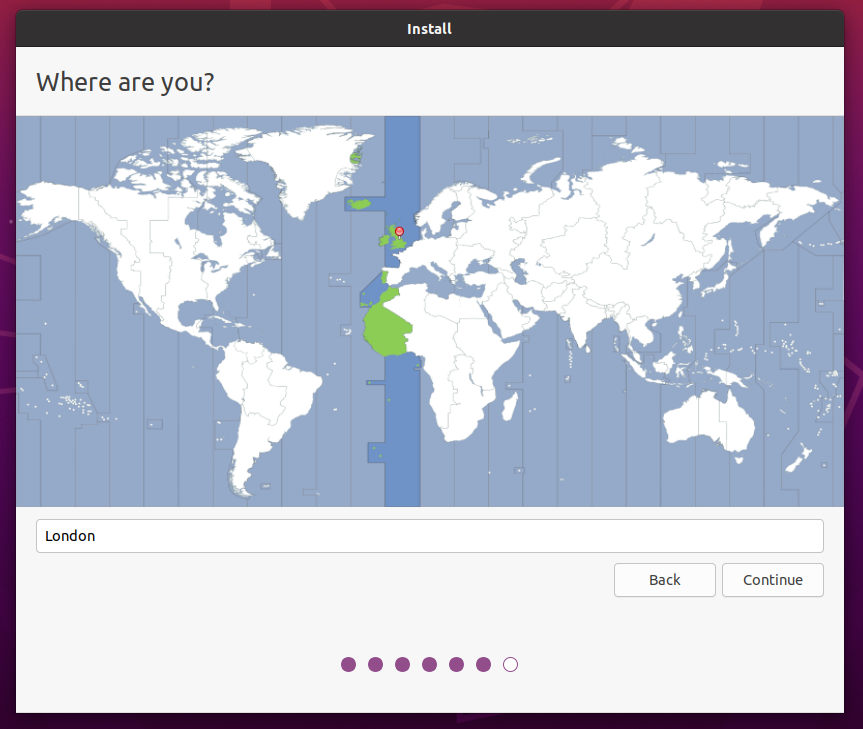 12
12STEP 8
Create Your Login Details
On this screen, you will be prompted to enter your name and the name of your computer as it will appear on the network. Finally, you will create a username and a strong password.
You can choose to log in automatically or require a password. If you are using your device whilst travelling, it’s recommended to keep automatic login disabled.
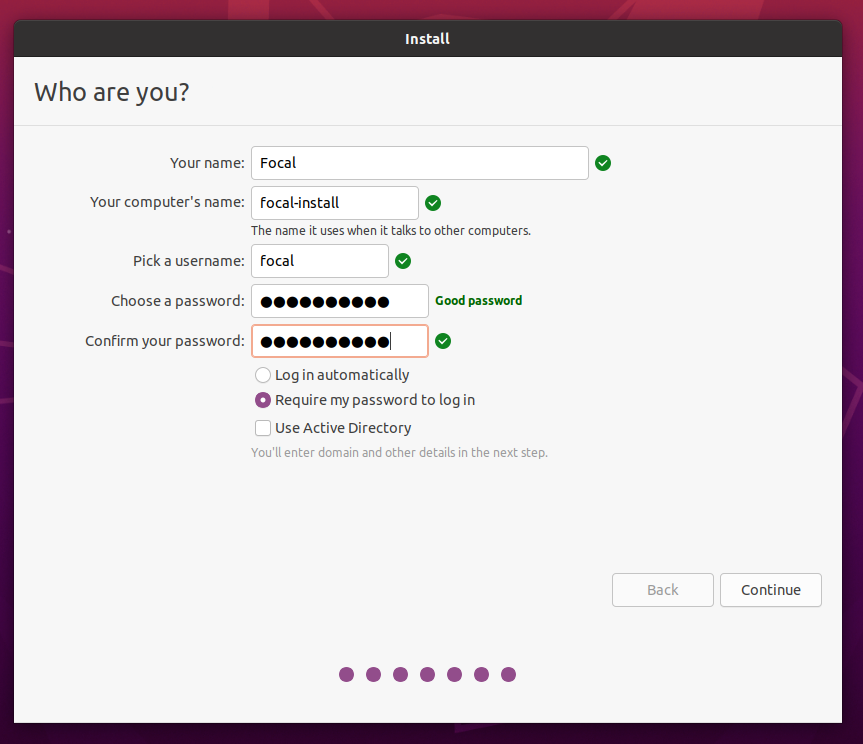 13
13STEP 9
Complete the Installation
Now sit back and enjoy the slideshow as Ubuntu installs in the background!
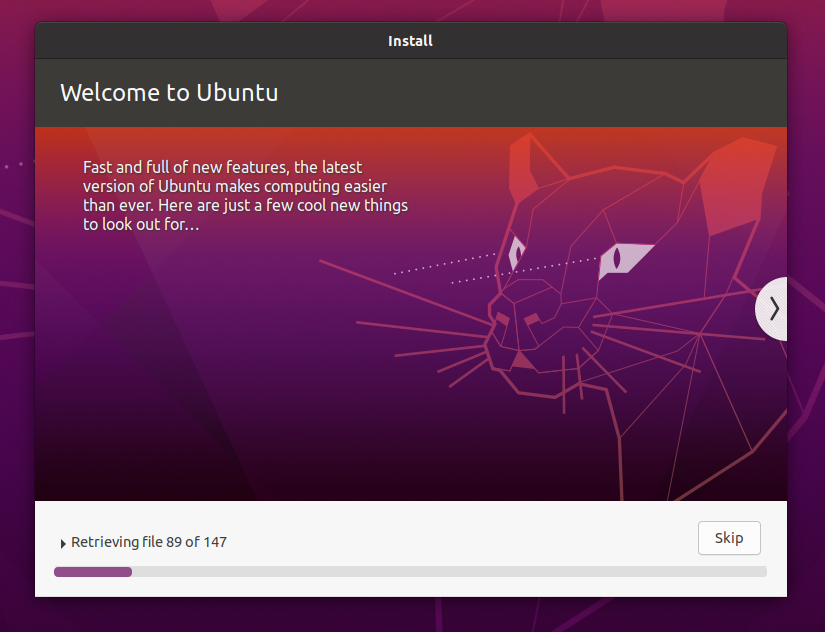 14
14Once the installation has completed, you will be prompted to restart your machine.
Click Restart Now.
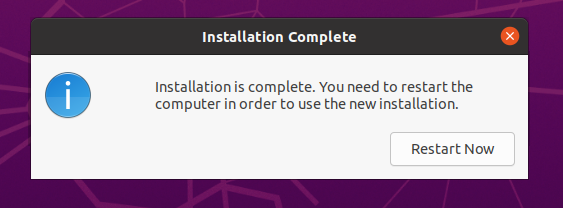 15
15When you restart, you will be prompted to remove your USB flash drive from the device. Once you’ve done this, press ENTER.
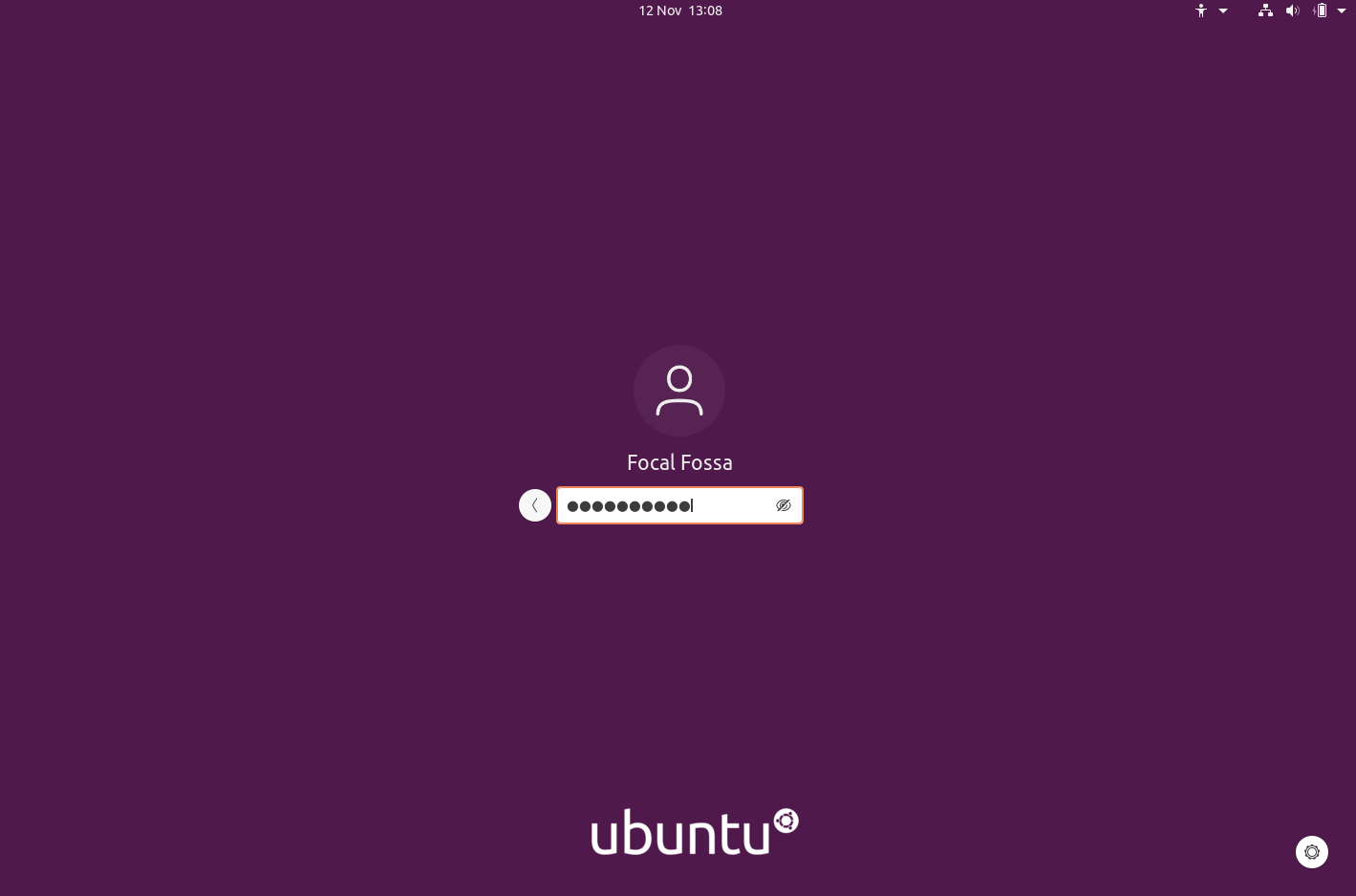 16
16And that’s it, welcome to your new Ubuntu Desktop!
 17
17The welcome widget will help you with some additional setup options, including:
- Connecting your profile to various online accounts.
- Configure Livepatch to automatically apply updates to your device (this option is only available when using a long term support [LTS] version of Ubuntu).
- Opting into sending device information to Canonical to help improve Ubuntu (by default, Canonical doesn’t collect device information).
- Activating location services.
- Downloading additional apps from Ubuntu Software.
Don’t forget to Update!
It’s always good practice to ensure your system is up to date, especially after a fresh install.
The easiest way to do this is via the Software Updater app. Search for Software Updater via the app menu (the icon with 9 squares in the bottom corner of your window) and it will check for updates and apply them.
 18
18You can also update Ubuntu using the terminal.
Press CTRL+ALT+T to bring up a Terminal window (or click the terminal icon in the sidebar).
Type in:
sudo apt updateYou will be prompted to enter your login password.
This will check for updates and tell you if there are any that need applying. To apply any updates, type:
sudo apt upgradeType Y, then press ENTER to confirm to finish the update process.
INSTALLATION & SET UP COMPLETED !
ENJOY!
😏